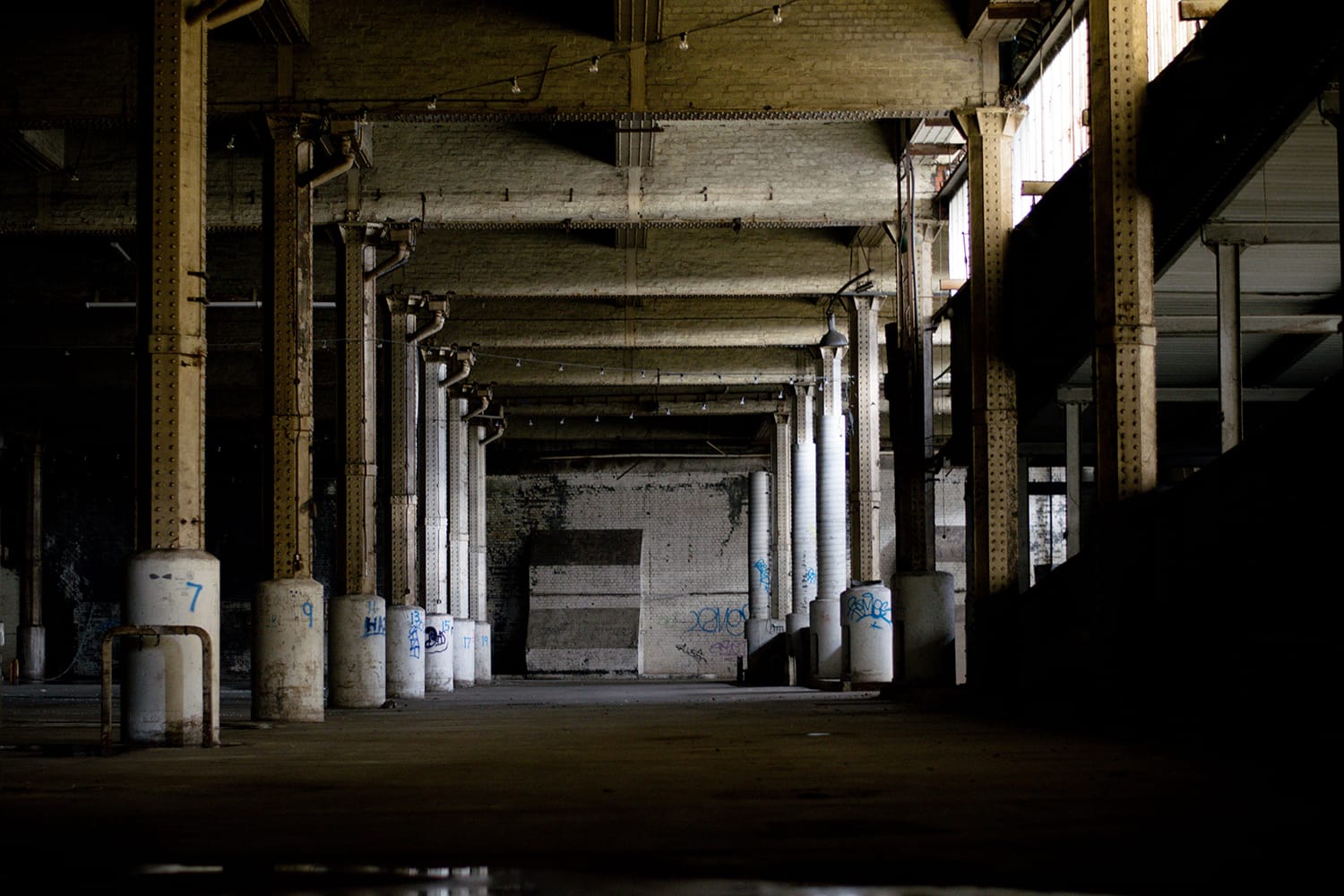Composition in photography refers to the way we frame an image and choose what goes in the frame, and where. There are many rules and guidelines you can follow.
While it’s definitely ok to break the rules, it’s always a good idea to really understand the basics [1] before you do!
Rule of Thirds
The placement of all of the elements in the image within the frame can really make or break it. The Rule of Thirds [2] is a technique that many photographers practice to keep their images interesting. Yes, shooting your subjects dead center can absolutely work in many cases, as long as the other elements help give it some interest, but the rule of thirds can add a lot more appeal to your photos.

Imagine the frame of your camera screen being broken down into nine squares, three horizontal and three vertical rows. Placing your subject or point of interest on any of the intersecting points can draw your viewers’ eyes to other places in the image, other than the center. This is a great way to add interest and variety to your work.
Leading Lines
Incorporating leading lines [3] in your images is another way to add depth and dimension to your work. Think of a curvy trail, or a straight highway. Leading lines can go up, down, straight ahead, to the left, or to the right.

Leading lines are like a pathway that the viewers’ eyes automatically follow to get to your subject.
Leading lines can be incorporated into images anywhere in the frame whether shooting straight or using the rule of thirds for your subject. Leading lines can also be incorporated behind your subject to encourage the viewer to look beyond the subject. This works well when the background deserves just as much attention as your subject.
Textures
Another great way to add interest when composing your shots is to look for textures to include. Textures can be used for your background or foreground. For example, a field of flowers [4] can work great for both. Position your subject so that there are flowers both in front of and behind your subject.

A brick wall in a city street can work great for both leading lines and texture. When you can combine multiple composition techniques into your work you can really take your photos to a whole new level. The viewer will want to take the time to actually stop and really examine your image. This is always a great thing.
Depth of Field
The last key element that can really enhance the composition of an image is Depth of Field [5].
When shooting things such as landscape images, usually you want to shoot at apertures that keep most, if not all, of everything in the frame sharp and focus.
But when shooting portraits [6], choosing wide apertures that give you a soft, blurry background can really help your subject stand out regardless of where they are positioned in your frame. This works well when there really are no other elements that you want to draw attention to.

You can still use textures in your images when choosing a shallow depth of field. One example would be using a set of leaves with an opening large enough to view your subject through. You can leave the leaves in the foreground, but blur them out, so that your eyes go straight to your subject.
Conclusion
Start incorporating these techniques into your images and you will see a difference in the amount of appeal they add. Adding some of these elements may not always be possible. But pay attention to the way you frame your subject, look for anything that can be used for leading lines, and look for textures.
What makes a good photographer is they have the ability to see things in a whole different way than everyone else. They find things in the every day world that they can use to enhance their work. What one may see as a abandoned gravel road, a photographer may see as a great source for leading lines and texture.
Train your eyes to start looking at the world around you. Get creative with your thinking [7]. When you start to see things in a whole new way, your images will take on a whole new level of greatness!